38 genetic engineering on food labels
Guidance: Voluntary Labeling Food from Genetically Engineered Plants This guidance addresses the voluntary labeling of plant-derived foods with information concerning whether the food was or was not produced using genetic engineering. Some consumers are... Labeling Foods With and Without GMOs, or ... - Online Labels® Their manufacturers must label their genetically engineered foods and, in some cases, have banned the cultivation of genetically engineered crops altogether. Genetically engineered crops being used today include alfalfa, apple, canola, corn, cotton, eggplant, papaya, pineapple, potato, salmon, soybean, squash, and sugarbeet.
GMO Food: List of Genetically Engineered Food - Organic Hawaii GMO food (updated Feb. 1, 2020) remains unlabeled in the US despite consumers wanting to know (and having the right to know) what they are eating and drinking. Some US companies started voluntarily disclosing that their food products are made using genetic engineering, yet they don't specify exactly which ingredients are GMO.

Genetic engineering on food labels
What is Bioengineered Food? - The Non-GMO Project Certain food containing detectable modified genetic material will require a Bioengineered (BE) Food disclosure. The USDA's current List of Bioengineered Foods includes: Alfalfa Arctic™ Apple Canola Corn Cotton Bt Eggplant Ringspot virus-resistant Papaya Pink Pineapple Potato AquAdvantage® Salmon Soybean Summer squash Sugarbeet Genetically Modified Food Labeling: A "Right to Know"? - JAMA Within the European Commission, governments must label all food products that make direct use of GMOs at any point in their production, regardless of whether genetically modified content is detectable in the end product. In other words, even though GMO and non-GMO foods are virtually identical, labeling is still required. Completely meaningless 'partially produced with genetic engineering ... GMO Labels Won't Make Your Food Safer Soon you will see the words "partially produced with genetic engineering" in the fine print on many food packages. Activist groups have spent millions of dollars fighting for that tiny text, and food companies have spent millions fighting back. And none of that effort had anything to do with your health.
Genetic engineering on food labels. How GMOs Are Regulated in the United States | FDA - U.S. Food and Drug ... The Standard establishes requirements for labeling foods that humans eat that are or may be bioengineered and defines bioengineered foods as those that contain detectable genetic material that... About GMO Foods | Just Label It "Genetically Engineered Foods", "Genetically modified organisms," or GMOs, are organisms that have been created through application of transgenic, gene-splicing techniques that are part of biotechnology. These transgenic methods for moving genes around are also called "genetic engineering," or GE. A guide to how GMO's and bioengineered foods get labeled For these labels, the term 'bioengineered' refers to food that people commonly call GMO's. The labeling rules aim to inject a little more information into the shopping experience, letting you know when a food has either been bioengineered or includes a bioengineered ingredient. The effort only works, though, if you understand what the labels mean. Genetically Engineered Food: Make Sure It's Safe and Label It Genetic engineering of food raises a host of questions about effects on the environment, economic impacts, and ethics. However, the most fundamental question about such food is whether it is safe and wholesome to eat. The US Food and Drug Administration (FDA) should establish a mandatory process to assure the safety of genetically engineered food.
The USDA's new labeling for genetically modified foods goes into effect ... The new rule requires food manufacturers, importers and retailers to disclose information whether foods are bioengineered or use bioengineered ingredients, doing away with well-established terms ... Labeling of Genetically Modified Foods - 9.371 - Extension Mandatory labeling of genetically modified (GM) foods has been proposed under a variety of initiatives at national and state levels but has not yet been implemented in the United States. Current U.S. law mandates food labeling when there is a substantial difference in the nutritional or safety characteristics of a new food. GMO Foods: Risks, How to Avoid and Better Alternatives - Dr. Axe The use of "partially produced with genetic engineering" on food labels is the result of a 2016 federal law that mandated uniform labeling of all food products containing genetically engineered ingredients. When Bill 764 was signed into law in 2016, it created an entirely different and controversial standard in the U.S. for labeling GMOs. As genetic engineering evolves, are non-GMO food labels meaningful? A group called the Information Technology and Innovation Foundation has petitioned the to prohibit use of the term "Non-GMO" on food .... he Non-GMO Skip to content MENU
Mandatory labels can improve attitudes toward genetically engineered food The objective of this article is to provide causal evidence on the impact of mandatory genetic engineering labeling on consumer attitudes toward GE food using data on consumers' real-world exposure to labels in the only state where mandatory labels have been enacted. ... M. Costanigro, J. L. Lusk, The signaling effect of mandatory labels on ... › media › blogOrganic 101: Can GMOs Be Used in Organic Products? | USDA Feb 21, 2017 · This is the thirteenth installment of the Organic 101 series that explores different aspects of the USDA organic regulations. The use of genetic engineering, or genetically modified organisms (GMOs), is prohibited in organic products. This means an organic farmer can’t plant GMO seeds, an organic cow can’t eat GMO alfalfa or corn, and an organic soup producer can’t use any GMO ... Completely meaningless 'partially produced with genetic engineering ... GMO Labels Won't Make Your Food Safer Soon you will see the words "partially produced with genetic engineering" in the fine print on many food packages. Activist groups have spent millions of dollars fighting for that tiny text, and food companies have spent millions fighting back. And none of that effort had anything to do with your health. Genetically Modified Food Labeling: A "Right to Know"? - JAMA Within the European Commission, governments must label all food products that make direct use of GMOs at any point in their production, regardless of whether genetically modified content is detectable in the end product. In other words, even though GMO and non-GMO foods are virtually identical, labeling is still required.
What is Bioengineered Food? - The Non-GMO Project Certain food containing detectable modified genetic material will require a Bioengineered (BE) Food disclosure. The USDA's current List of Bioengineered Foods includes: Alfalfa Arctic™ Apple Canola Corn Cotton Bt Eggplant Ringspot virus-resistant Papaya Pink Pineapple Potato AquAdvantage® Salmon Soybean Summer squash Sugarbeet
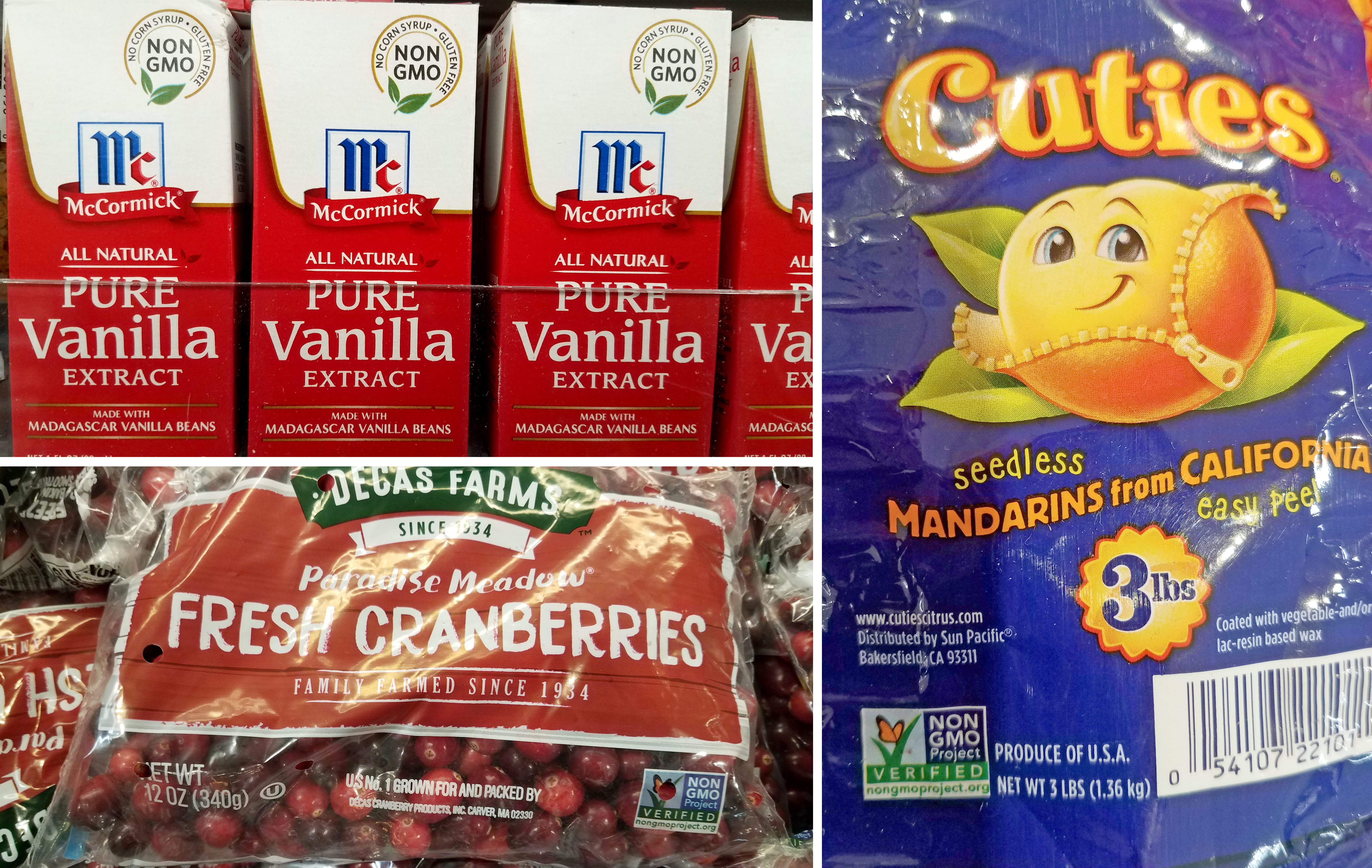










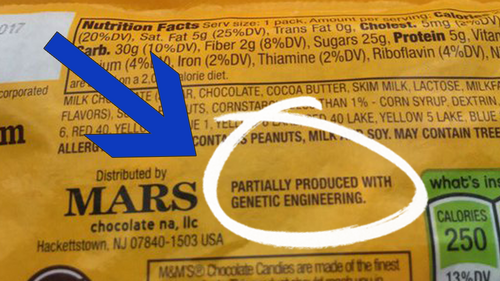


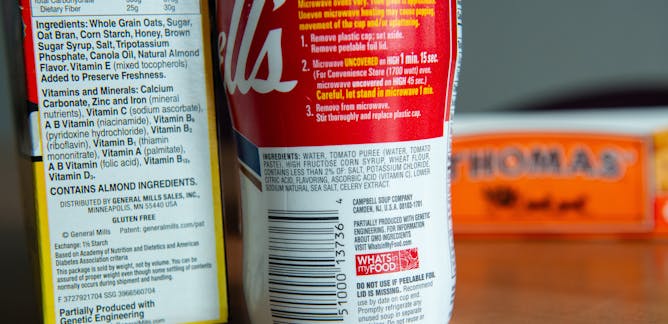
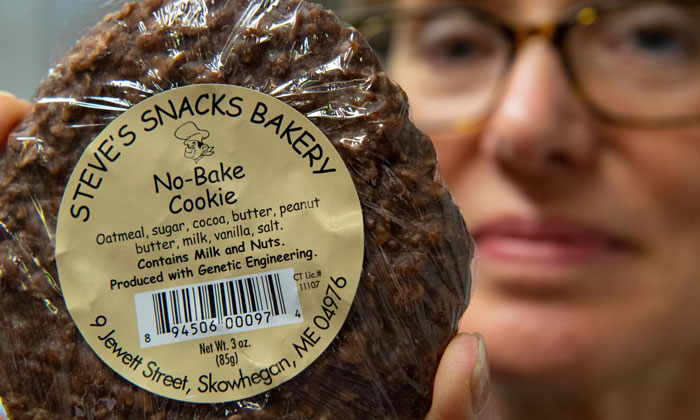

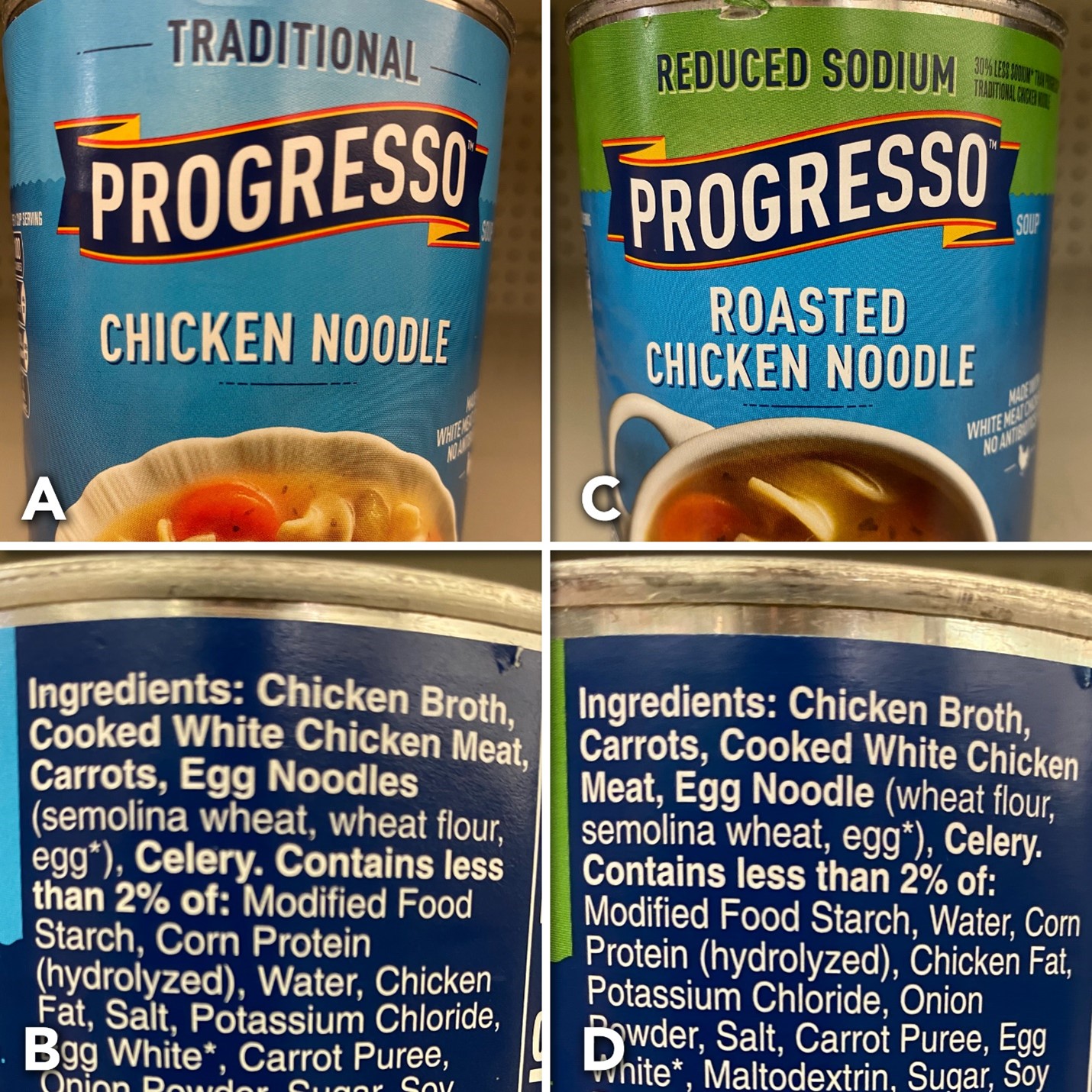


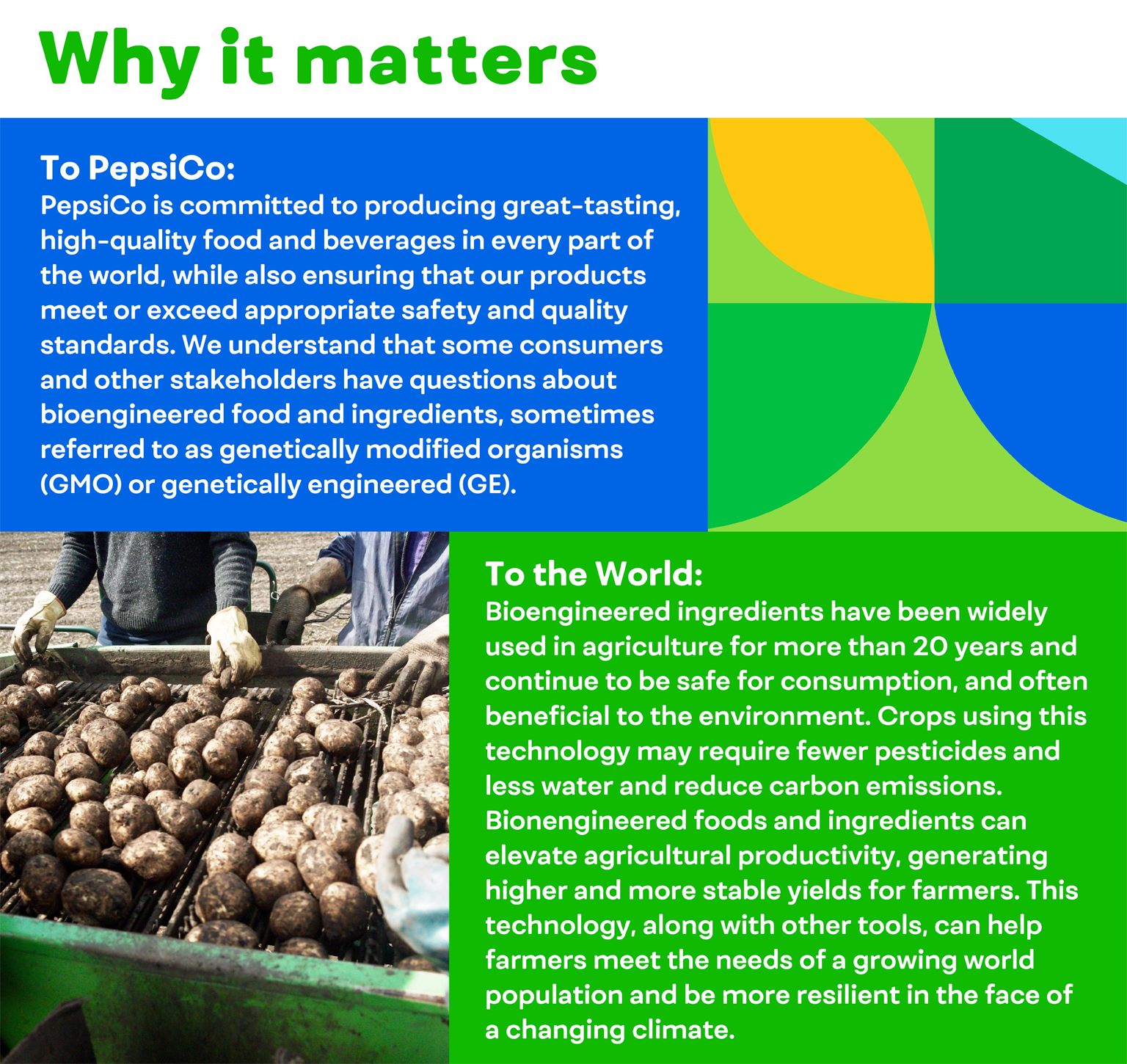
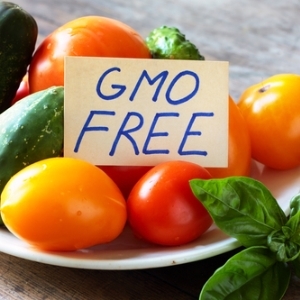
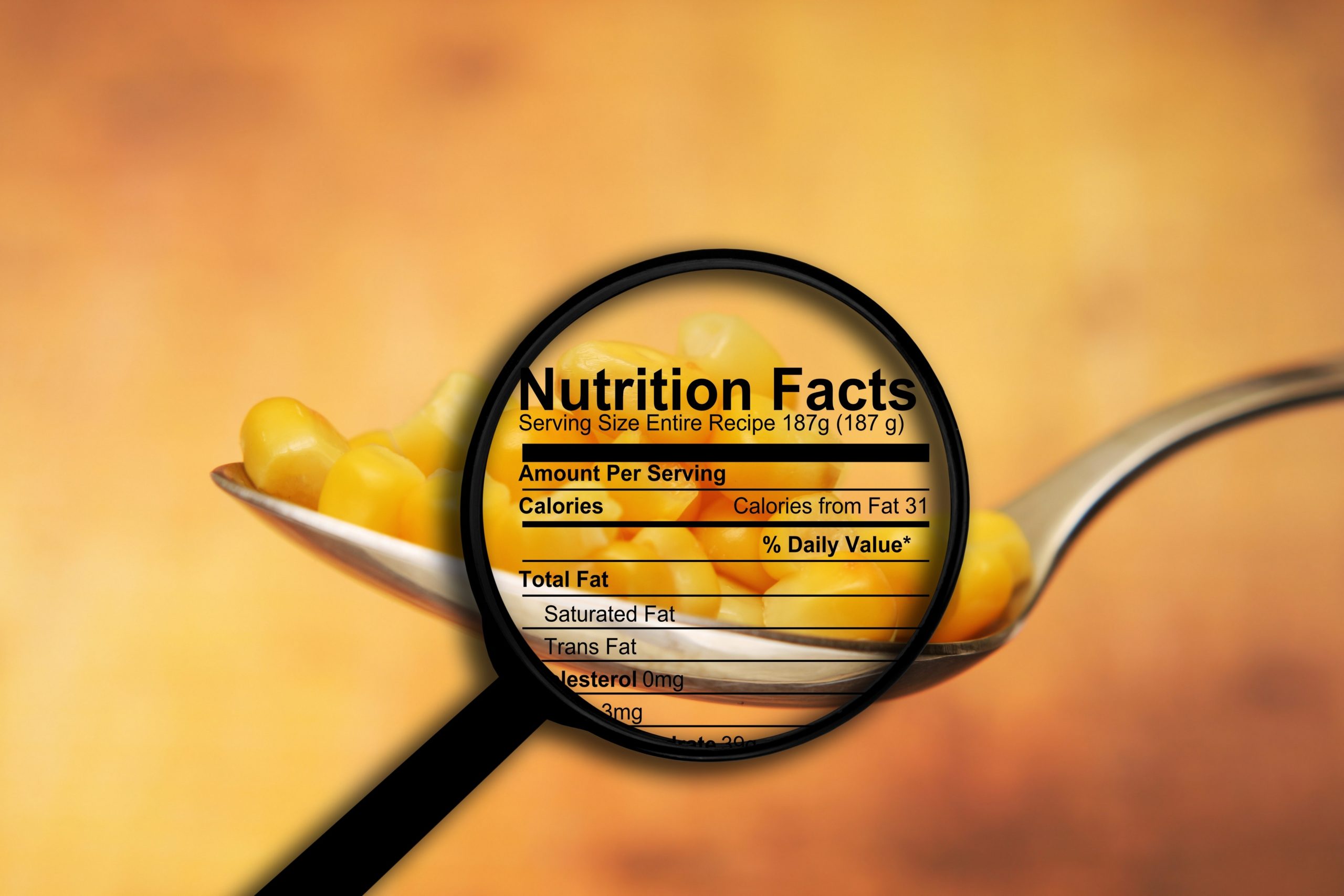

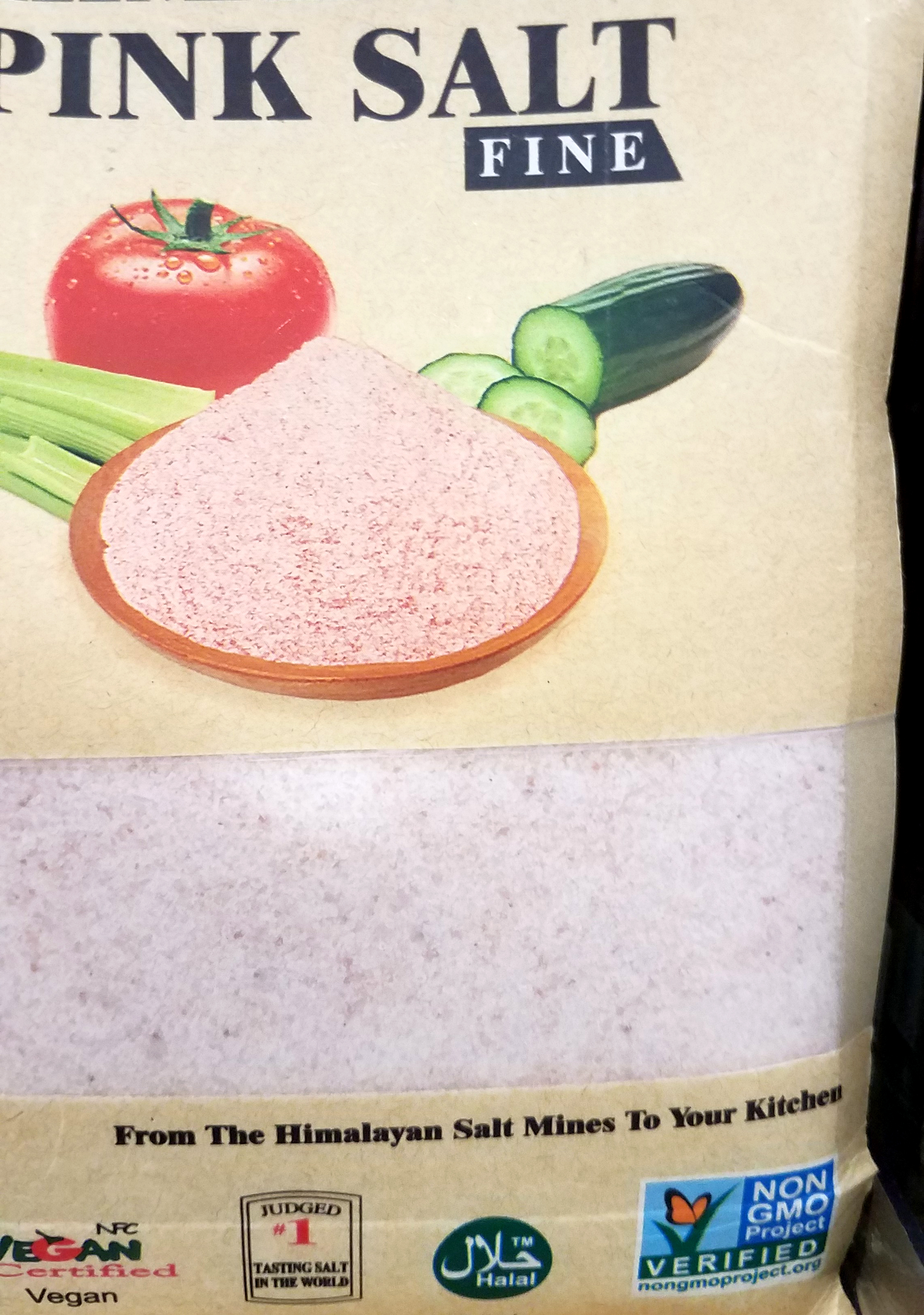




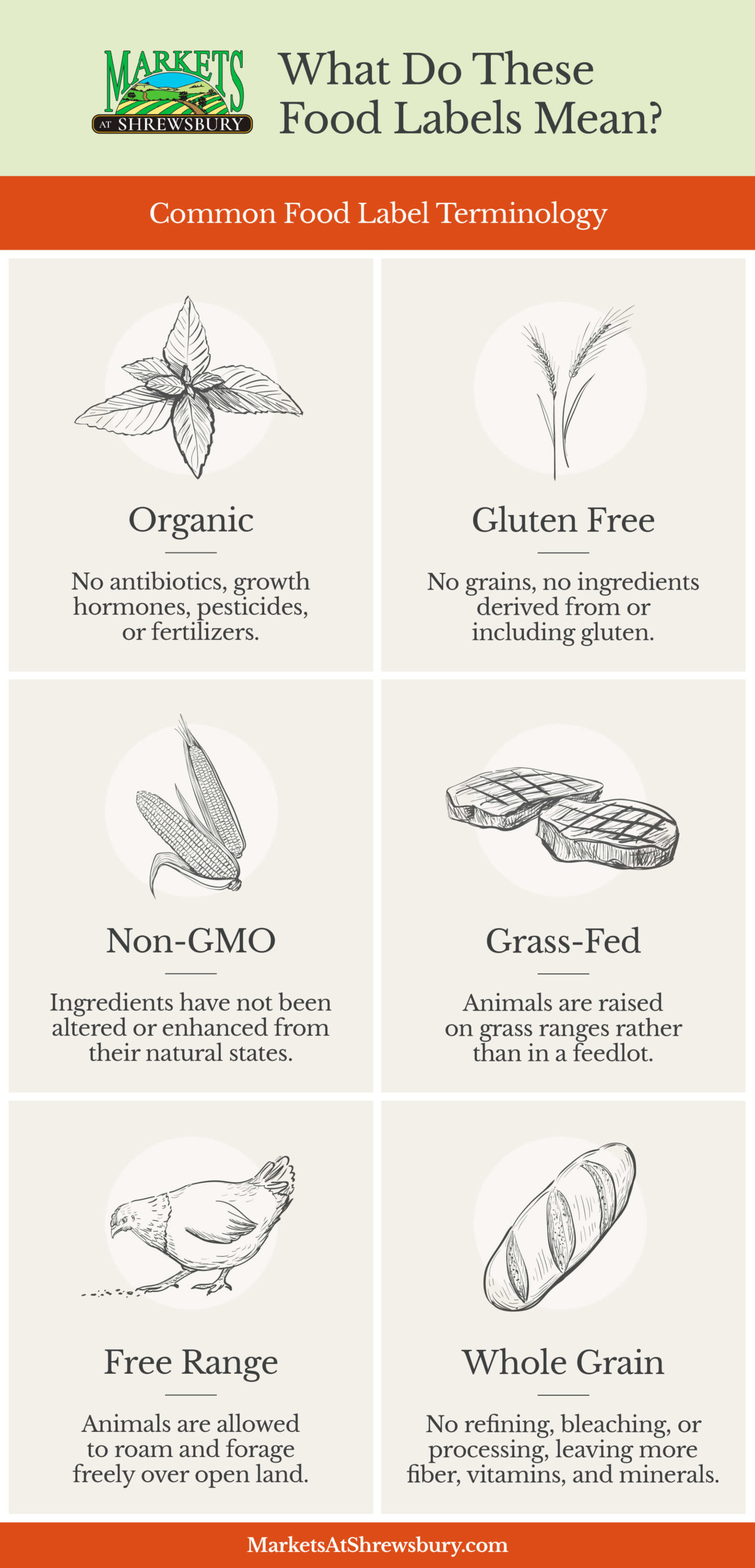




Post a Comment for "38 genetic engineering on food labels"